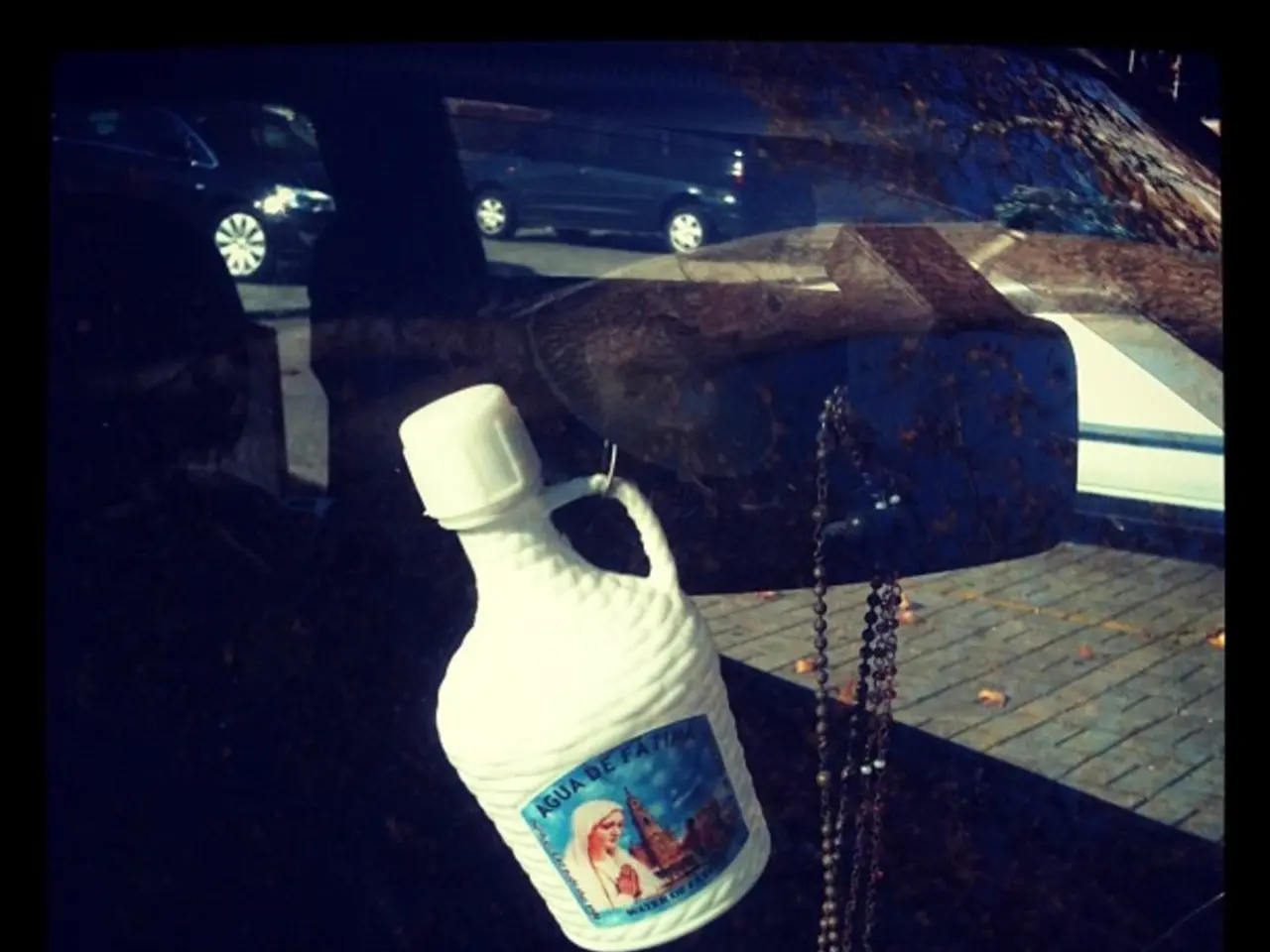Catalyst Technology: Johnson Matthey's Selective Catalytic Reduction (SCR) System
Johnson Matthey's Selective Catalytic Reduction Technology Achieves Significant Emission Reductions
A retrofit technology developed by Johnson Matthey has been verified by the Environmental Protection Agency (EPA) as an effective solution for reducing emissions from heavy-duty diesel engines. This technology, listed on EPA's Verified Technologies List for Clean Diesel, has shown remarkable results in reducing particulate matter (PM) by 90%, hydrocarbons (HC) by 95%, carbon monoxide (CO) by 90%, and nitrogen oxide (NO) by 70%.
The technology is designed for on-highway, 4-cycle, non-EGR, 250-500 hp heavy-duty diesel engines originally manufactured from model years 1994 - 2002. It will only be offered to centrally fueled fleets that have or are planning to have urea refilling capability.
The system works by converting nitrogen oxides (NOx) into nitrogen and water vapor through a process that injects a urea-based solution into the exhaust system. This technology enables compliance with stringent EPA emission standards for heavy-duty engines by meeting required NOx emission limits while maintaining engine performance and fuel efficiency.
Key points of the EPA-verified criteria include consistent NOx reduction levels, the use of a urea-based reagent, durability and compliance over time, and effective system integration. The emission reductions must be sustained under real-world operating conditions, and the system must be optimally integrated with the engine and exhaust system controls.
Each installation will be equipped with a monitoring system for low urea tank level, high back pressure, high inlet temperature, and system abnormalities. The engines must operate on ULSD fuel (15 ppm) for emission reductions, and the engine's exhaust must produce a NOx/PM ratio of at least 8, with an optimum approaching 20.
Customers are required to maintain urea purchase receipts and refill records for review by Johnson Matthey, and the technology will only be effective in areas where the urea solution does not freeze below -11° C. Johnson Matthey will collect and analyze urea usage logs and mileage records biannually.
A Verification Letter from the EPA is available for this technology, and it is important to note that for comprehensive, numeric, and regulatory-specific criteria, the EPA references and rulemaking dockets would be definitive sources.
In conclusion, Johnson Matthey's Selective Catalytic Reduction Technology offers a promising solution for reducing emissions from heavy-duty diesel engines, meeting stringent EPA standards while maintaining engine performance and fuel efficiency.
Environmental-science and technology are integrated in Johnson Matthey's Selective Catalytic Reduction Technology, an advancement in scientific discovery designed to reduce emissions from heavy-duty diesel engines. This technology, verified by the Environmental Protection Agency, aims to ensure compliance with stringent environmental standards, particularly in the realm of controlling nitrogen oxide (NOx) emissions.




